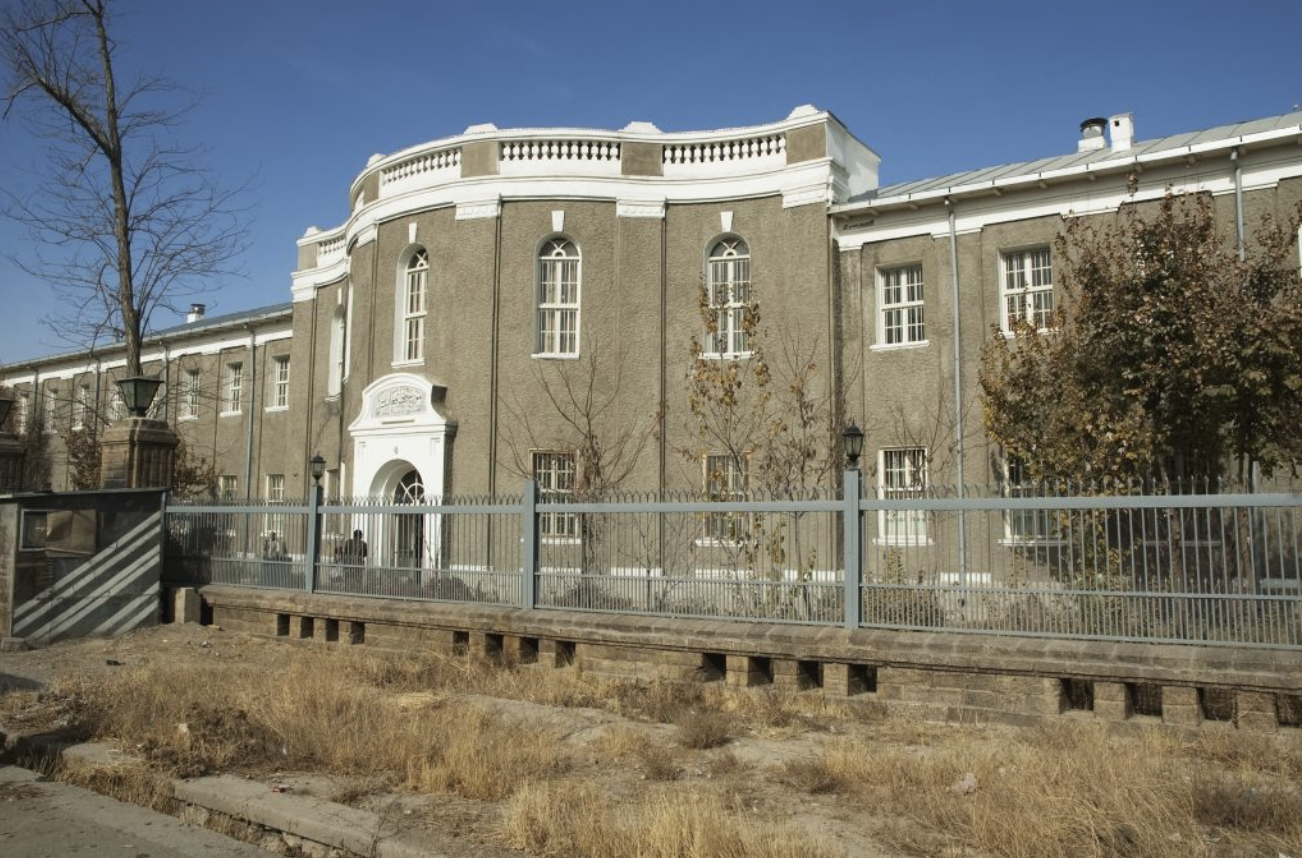The National Museum of Kabul, Afghanistan
Understanding Afghanistan’s Past for the Future: Preserving Afghanistan’s Narratives on the Survived Archaeological Evidence
The National Museum of Kabul, Afghanistan, captures the country's diverse blend of cultures over millennia. Here, I have partnered with locals in documenting what currently remains in the cases at the museum.
With artefacts in Afghanistan facing hasty care and climates unsuitable for artefacts, the objects lose their meanings through their movements across space and time. Preservation for Afghanistan’s remaining artefacts that are currently unprotected calls for all objects that have been forgotten and dismantled during political conflicts to put forth effort in restoration and conservation.
Artefacts and Objects Inside the National Museum of Afghanistan— Preserving the Past: A Visual Digital Archive
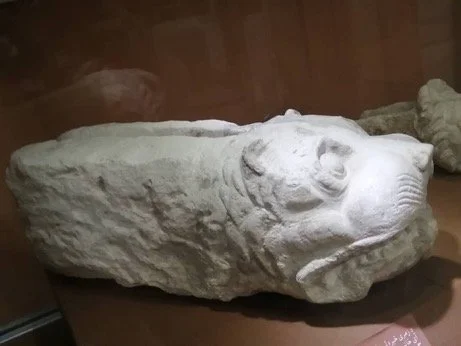
Gargoyle Ai Khanum 3rd - 2nd Century BCE Kabul, Afghanistan This gargoyle is in the shape of a lion's head. Many spouts in different shapes and sizes are found from a fountain that provides fresh water for the inhabitants of Ai Khanum.

The Hellenistic sculptures remain in Afghanistan found at an ancient Greek city discovered near the Oxus
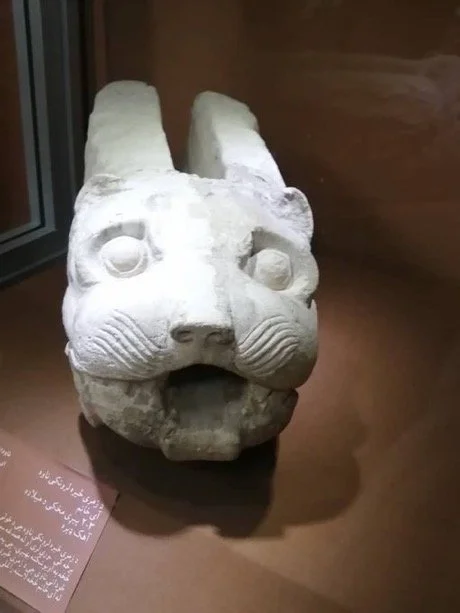
Ai Khamun is physical proof of the hold Alexander the Great has on history. Was he a monster or a genius, a visionary or just a talented general?
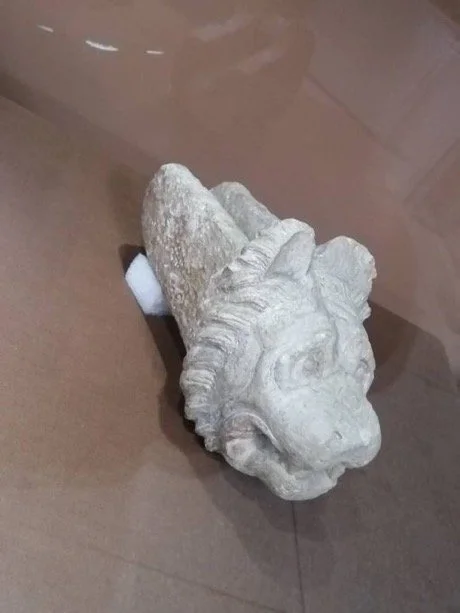
The gargoyle's show off the richness of a country the world thinks of only as a vast alien battleground. Here, Afghanistan is the Crossroads of the Ancient World
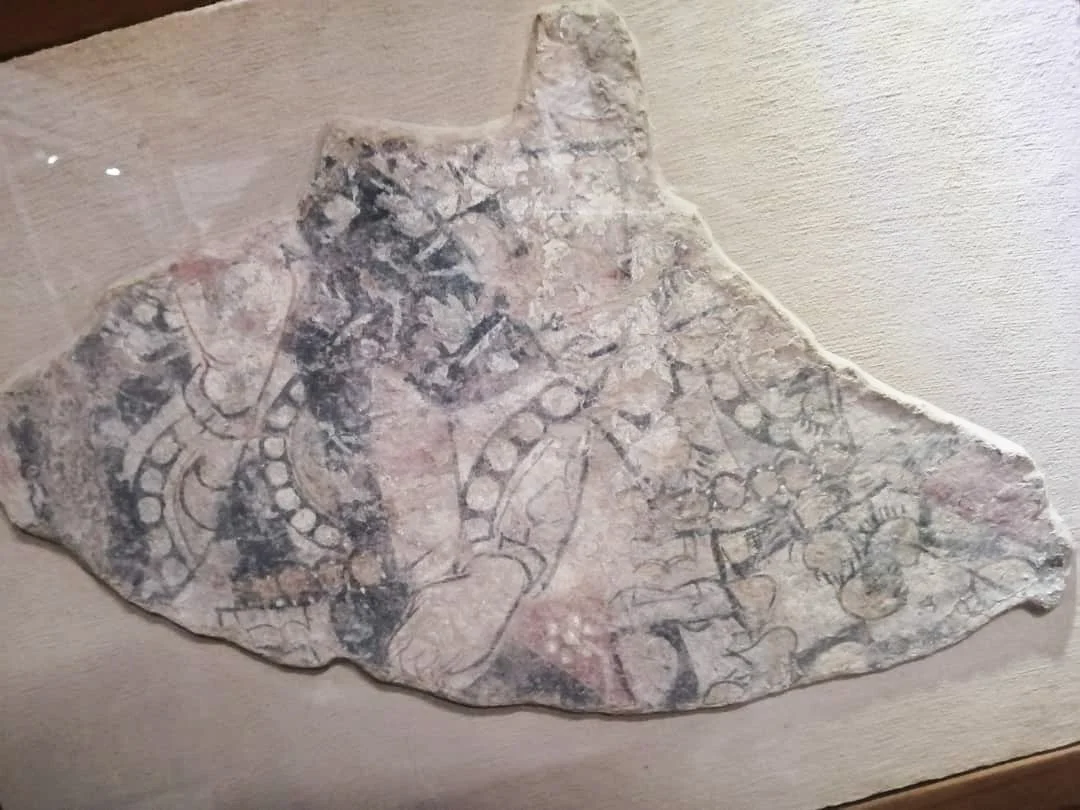
North East Chapel Fresco Dilberjin Tepe 1st century BCE - 1st century CE Painted clay (Fresco Fragment 1) - A high dignitary wearing pointed shoes and baggy trousers. Below, the row of pearls and the head and man on the lower part of the fresco.
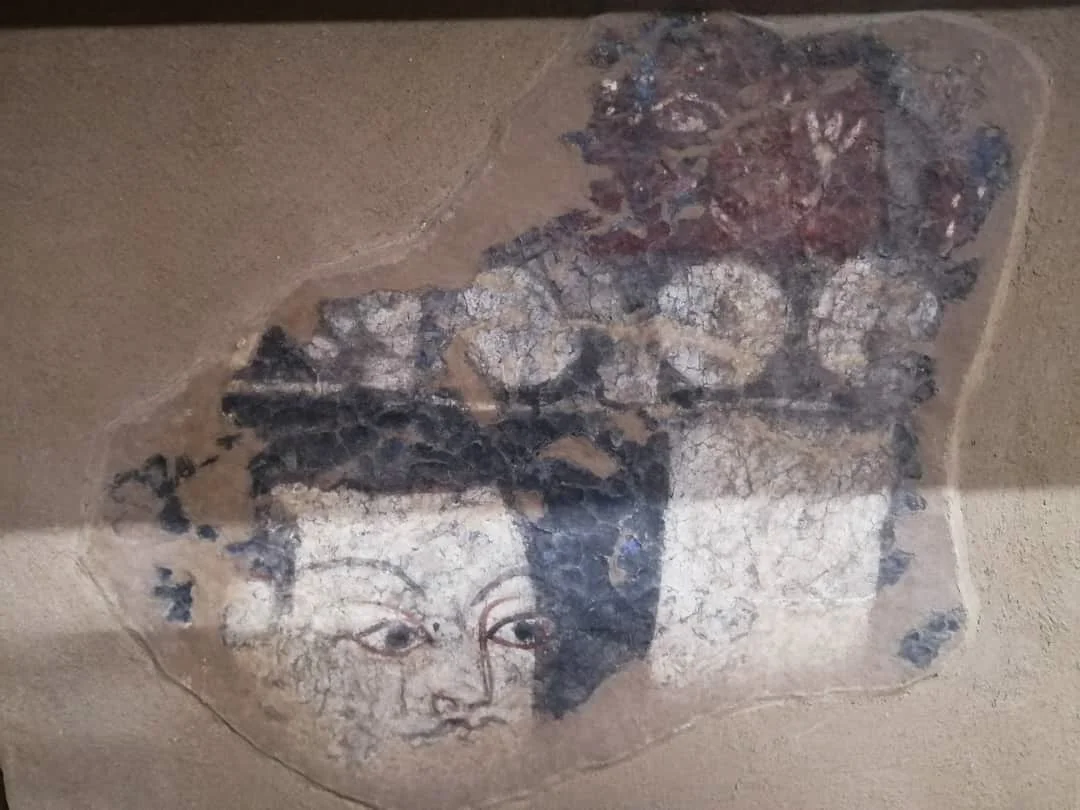
Fresco Fragment 2 - Head of the man on the far right
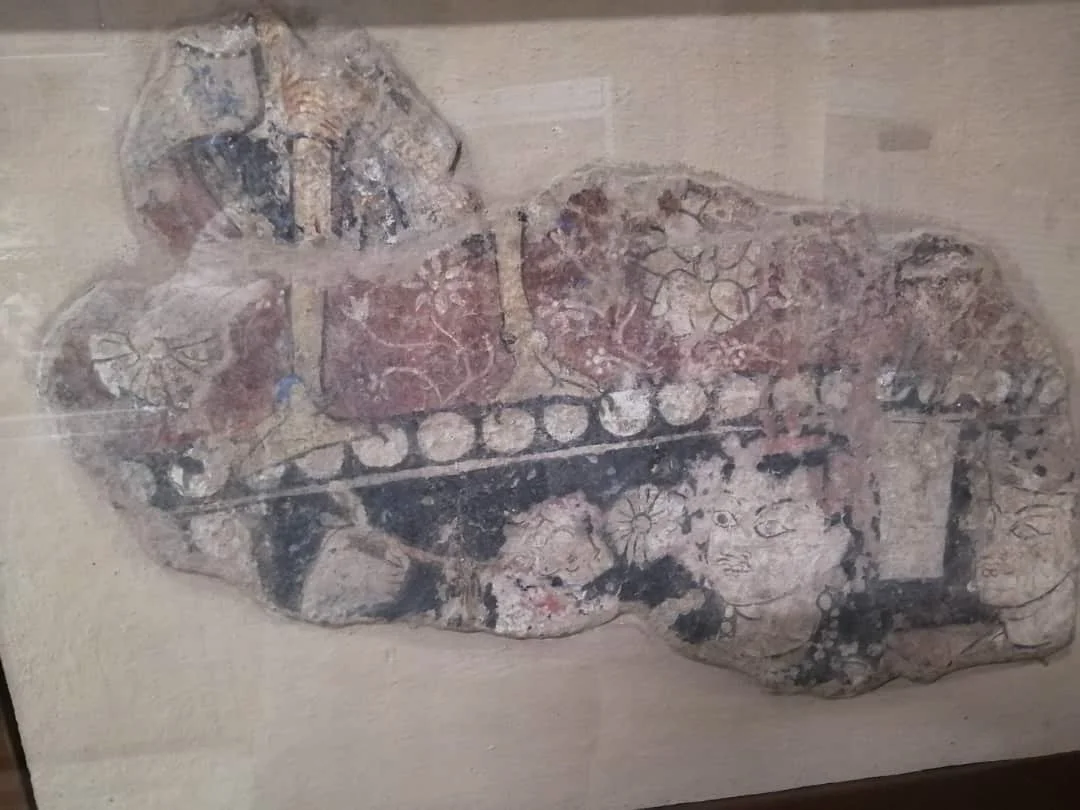
Fresco Fragment 3
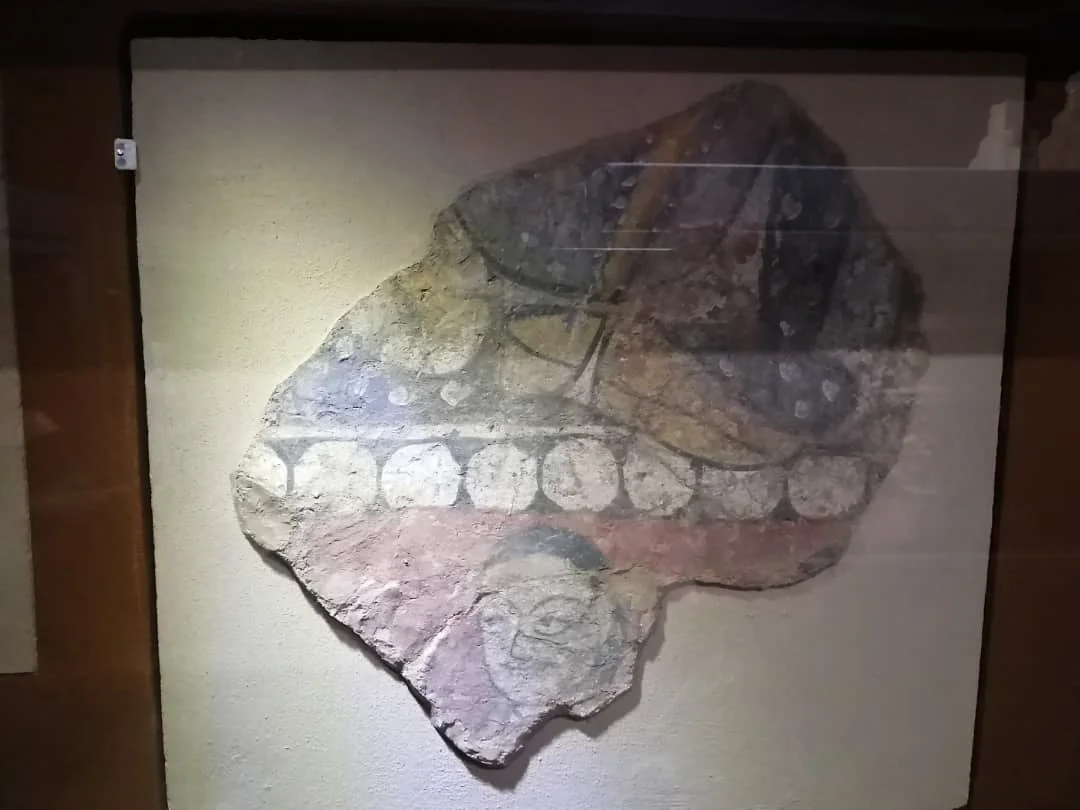
Fresco Fragment 4 - 3 - Dress and the rest part of the body of the head in 1.
